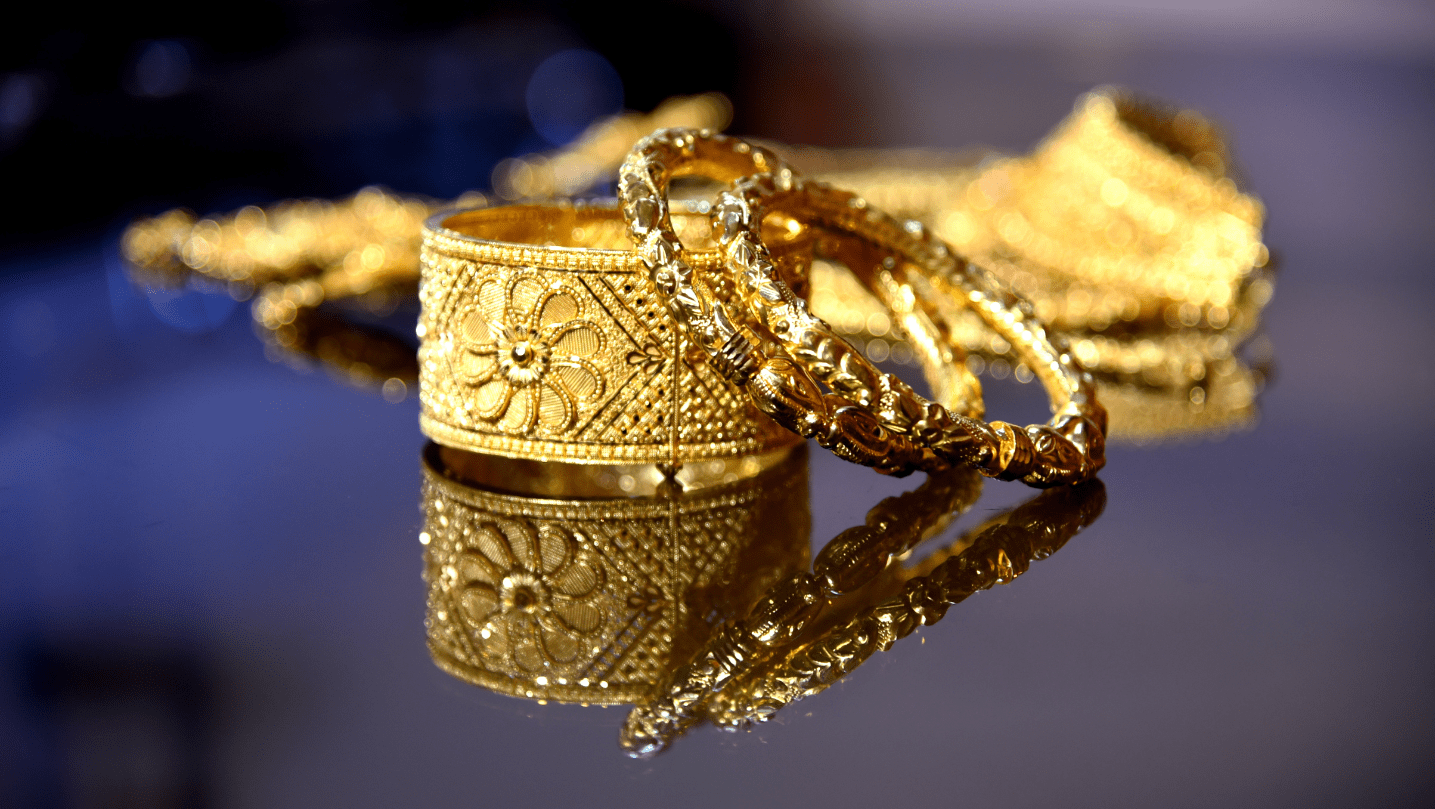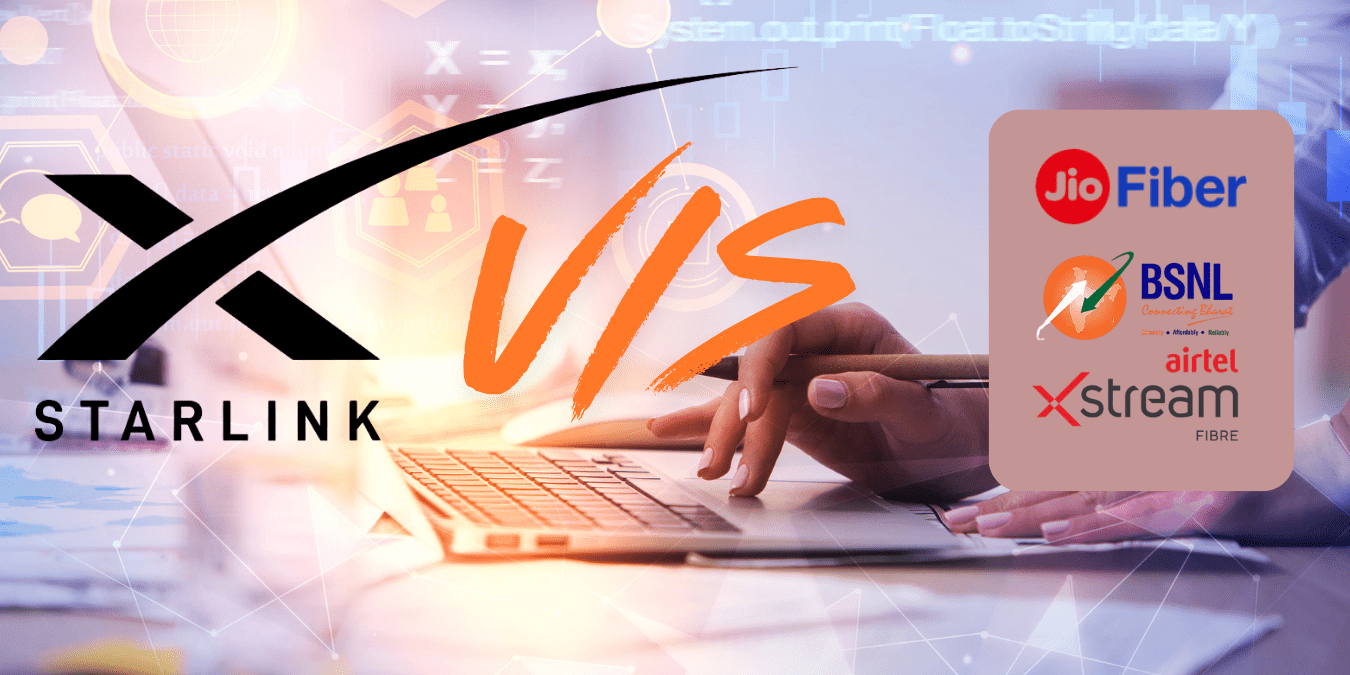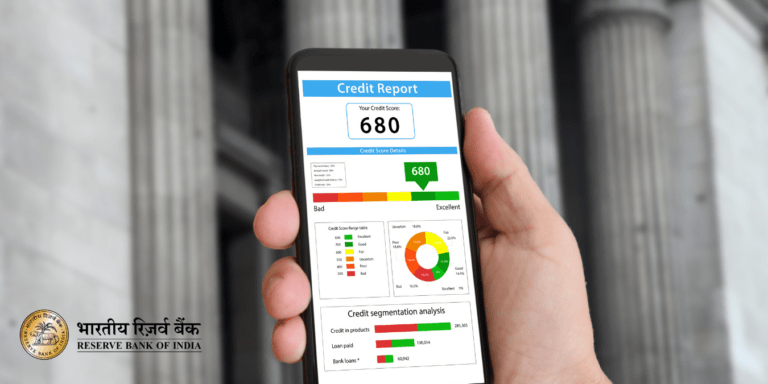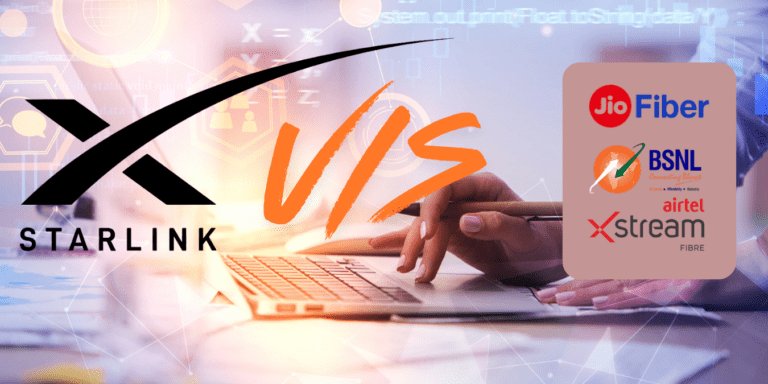
Gold loan repayment: Flexible EMI or fixed tenure? Discover which option suits your finances better, compare interest savings, and avoid hidden charges. Make the right choice for stress-free gold loan repayment!
Gold holds a special place—not just as a cultural and emotional asset but also as a financial lifeline. With rising gold prices and increasing financial needs, gold loans have become a popular choice for Indian professionals, small business owners, and households seeking quick access to funds. Whether it’s for business expansion, medical emergencies, or wedding expenses, gold loans offer a convenient and secure way to unlock the value of idle gold jewellery. However, one critical decision borrowers face is choosing the right repayment structure: flexible repayment or fixed repayment. This blog explores the nuances of both options, backed by the latest data, to help you decide which is better for your financial situation.
What Are Gold Loans?
A gold loan is a secured loan where borrowers pledge their gold jewellery or ornaments as collateral to obtain funds from banks or Non-Banking Financial Companies (NBFCs). The loan amount is typically a percentage of the gold’s market value, known as the Loan-to-Value (LTV) ratio, which is capped at 75% by the Reserve Bank of India (RBI) for non-agricultural loans. In 2020, the RBI temporarily raised the LTV to 90% to provide relief during the COVID-19 pandemic, but it reverted to 75% for most purposes.
Gold loans are attractive due to:
- Low interest rates: Starting at 8.75% p.a. (e.g., Bank of Maharashtra) compared to personal loans (10–27%).
- Quick disbursal: Funds can be credited within 45 minutes.
- Minimal documentation: Requires only identity and address proof, no income proof needed.
- Flexible usage: Can be used for emergencies, business, education, or debt consolidation.
As of December 2024, the gold loan market in India is booming, with outstanding loans reaching ₹11,11,398 crore, a 27.26% year-on-year growth. NBFCs dominate with a 61% market share, while banks hold 39%.
Understanding Gold Loan Repayment Options
When availing a gold loan, the repayment structure significantly impacts your financial planning. Lenders offer two primary repayment types: fixed repayment (e.g., Equated Monthly Installments or EMIs) and flexible repayment (e.g., bullet payments, partial payments, or overdraft facilities). Let’s dive into each option.
Fixed Repayment: Equated Monthly Installments (EMIs)
Fixed repayment involves paying a consistent amount every month, which includes both the principal and interest components. This is the most structured and predictable repayment method, ideal for salaried professionals with steady incomes.
Features of Fixed Repayment
- Predictable payments: The EMI amount remains constant throughout the loan tenure, making budgeting easier.
- Reducing balance interest: Interest is calculated on the outstanding principal, reducing the interest burden over time.
- Disciplined repayment: Ensures timely repayments, reducing the risk of default or penalties.
- Tenure flexibility: Ranges from 3 months to 36 months, depending on the lender.
Advantages of Fixed Repayment
- Financial discipline: Fixed EMIs help salaried individuals plan their monthly expenses without surprises.
- Lower stress: Knowing the exact repayment amount eliminates uncertainty.
- Credit score benefits: Timely EMI payments can improve your credit score, useful for future borrowing.
- Suitability for long tenures: Ideal for loans with tenures up to 3 years, such as those offered by State Bank of India (SBI).
Disadvantages of Fixed Repayment
- Less flexibility: Fixed EMIs may strain finances during unexpected expenses.
- Higher initial burden: Early EMIs include a higher interest component, which may feel burdensome.
- Prepayment charges: Some lenders, like Indian Bank, may impose penalties for early repayment.
Example
For a ₹5 lakh gold loan at 9.25% p.a. (ICICI Bank) with a 12-month tenure, the monthly EMI would be approximately ₹44,000, calculated using a gold loan EMI calculator. This includes both principal and interest, ensuring the loan is fully repaid by the end of the tenure.
Flexible Repayment: Bullet Payments, Partial Payments, and Overdrafts
Flexible repayment allows borrowers to customize their repayment schedule based on their cash flow. This includes options like bullet payments, partial payments, or overdraft facilities, making it suitable for self-employed individuals, business owners, or those with irregular incomes.
Types of Flexible Repayment
- Bullet Payment:
- Pay only the interest during the loan tenure and settle the principal at maturity.
- Tenure is typically capped at 12 months for bullet repayments.
- Example: For a ₹5 lakh loan at 9.25% p.a., you pay ₹3,854 monthly interest and ₹5 lakh principal at the end.
- Partial Payment:
- Pay portions of the principal and interest whenever funds are available.
- Reduces the outstanding principal, lowering the overall interest burden.
- Overdraft Facility:
- Withdraw funds as needed within a pre-approved limit, paying interest only on the utilized amount.
- Offered by banks like Tamilnad Mercantile Bank.
- Step-Up/Step-Down Repayment:
- Step-up: Lower initial EMIs that increase over time, ideal for young professionals expecting income growth.
- Step-down: Higher initial EMIs that decrease, suitable for those expecting reduced income later.
Advantages of Flexible Repayment
- Customizable: Aligns with irregular or seasonal cash flows, ideal for business owners or freelancers.
- Lower initial burden: Bullet payments require only interest payments during the tenure, preserving liquidity.
- Interest savings: Partial payments reduce the principal early, lowering total interest.
- No prepayment penalties: Many lenders, like Bank of Maharashtra, allow early repayment without charges.
- Liquidity management: Overdraft facilities provide access to funds as needed, reducing interest costs.
Disadvantages of Flexible Repayment
- Risk of default: Bullet payments require a lump-sum principal repayment, which can be challenging if funds are unavailable.
- Higher interest costs: Delaying principal repayment increases the total interest paid.
- Less structure: Requires disciplined financial planning to avoid missed payments.
- Shorter tenures: Bullet repayments are often limited to 12 months, which may not suit long-term needs.
Example
For a ₹5 lakh gold loan with a bullet repayment at 9.25% p.a. for 12 months, you pay ₹3,854 monthly interest (total interest: ₹46,250) and ₹5 lakh principal at the end. If you make a ₹2 lakh partial payment mid-tenure, the remaining interest is calculated on ₹3 lakh, saving you money.
Flexible vs. Fixed: Key Factors to Consider
Choosing between flexible and fixed repayment depends on your financial profile, income stability, and loan purpose. Here’s a detailed comparison:
| Factor | Fixed Repayment (EMI) | Flexible Repayment |
| Suitability | Salaried professionals, stable income | Self-employed, business owners, irregular income |
| Cash Flow Impact | Predictable, fixed monthly outflow | Variable, depends on repayment choice |
| Interest Cost | Lower over time due to reducing balance | Higher if principal repayment is delayed |
| Tenure | Up to 36 months | Usually 12 months for bullet payments |
| Financial Discipline | High, enforced by EMI schedule | Requires self-discipline to avoid default |
| Prepayment Flexibility | May incur penalties | Often penalty-free |
Latest Data and Trends (2024–2025)
- Market Growth: Gold loan disbursements surged from ₹46,971 crore in September 2020 to ₹80,617 crore in September 2022, with projections to reach ₹1 lakh crore in 2025.
- Interest Rates: Range from 8.75% (Bank of Maharashtra) to 27% (NBFCs like IIFL). Banks offer lower rates, while NBFCs provide more flexibility.
- NPAs: Non-performing assets (NPAs) in gold loans rose 28.58% in 2024, prompting RBI to tighten regulations, including capping bullet repayment tenures at 12 months.
- Search Trends: Keywords like “gold loan interest rate” (90.5K searches) and “gold loan” (49.5K searches) dominate, indicating high consumer interest.
- Demographic Shift: Millennials and Gen Z view gold loans as flexible financial tools, driving demand.
Which Is Better for You?
The choice between flexible and fixed repayment hinges on your financial goals and circumstances:
Choose Fixed Repayment If:
- You’re a salaried professional with a stable monthly income.
- You prefer predictable payments for easy budgeting.
- You want a longer tenure (up to 36 months) to spread out repayments.
- You aim to build or maintain a good credit score through timely payments.
Best Lenders for Fixed Repayment:
- HDFC Bank: Offers EMIs with tenures up to 24 months at 9.30–17.88% p.a.
- ICICI Bank: Provides 6–12 month EMI options starting at 9.25% p.a.
- State Bank of India: Flexible EMI tenures up to 3 years.
Choose Flexible Repayment If:
- You’re self-employed or have irregular cash flows (e.g., business owners, freelancers).
- You expect a lump-sum inflow (e.g., from a project or investment) to settle the principal.
- You want to minimize monthly outflows by paying only interest during the tenure.
- You prefer prepayment flexibility without penalties.
Best Lenders for Flexible Repayment:
- Bank of Maharashtra: Offers bullet repayments and zero prepayment charges.
- Manappuram Finance: Provides partial payments and bullet options.
- Tamilnad Mercantile Bank: Overdraft facility for flexible withdrawals.
Additional Tips for Choosing
- Use a Gold Loan Calculator: Tools like HDFC Bank’s or ICICI Bank’s calculators help estimate EMIs and total interest for both fixed and flexible options.
- Compare Lenders: Check interest rates, processing fees (0.5–2%), and prepayment penalties. Banks like SBI and Bank of Baroda offer competitive rates (8.8–9.15%).
- Assess LTV Ratio: Higher LTV (up to 75%) means a larger loan amount but also higher repayments.
- Monitor Gold Prices: Rising gold prices increase your collateral’s value, potentially allowing refinancing at better terms.
- Plan for NPAs: With NPAs rising, ensure timely repayments to avoid gold auctions.
Risks and Considerations
While gold loans are secure and convenient, they come with risks:
- Default Risk: Failure to repay can lead to gold auctions, with banks recovering the loan amount.
- Penal Charges: Late payments incur penalties (e.g., 2% p.m. at IndusInd Bank).
- Gold Price Volatility: A sharp decline in gold prices may require additional collateral or early repayment.
- Hidden Charges: Processing fees (0.5–2%), valuation fees (₹500–750), and commitment charges (₹1,250/quarter) can add up.
To mitigate these, always read the loan agreement, compare lenders, and use a gold loan repayment calculator to plan repayments.
Final Thought
Gold loan repayment options—fixed or flexible—cater to different financial needs. Fixed repayment (EMIs) suits salaried professionals seeking predictability and longer tenures, while flexible repayment (bullet payments, partial payments, or overdrafts) is ideal for those with irregular incomes or short-term needs. With the gold loan market projected to reach ₹1 lakh crore in 2025 and interest rates ranging from 8.75% to 27%, choosing the right repayment structure is crucial for financial success.
Before deciding, assess your income stability, loan purpose, and repayment capacity. Use tools like gold loan EMI calculators, compare lenders like HDFC Bank, ICICI Bank, or Manappuram Finance, and stay informed about RBI regulations to avoid pitfalls. Whether you prioritize discipline or flexibility, a well-planned gold loan repayment strategy can unlock the potential of your gold assets while ensuring financial peace of mind.
-

The $68 Billion Rupee Trap: How Stablecoins Could Silently Hijack India’s Financial Freedom
-

Why Your Safe Salary is Actually the Most Dangerous Gamble of 2025
-

The ₹1 Crore Trap: Why High Earners Are the New “Poor” and How to Escape!
-

The ₹8,600 “Glitch”: Did Starlink Just Reveal Its Hand or Was It All a Mistake?





























